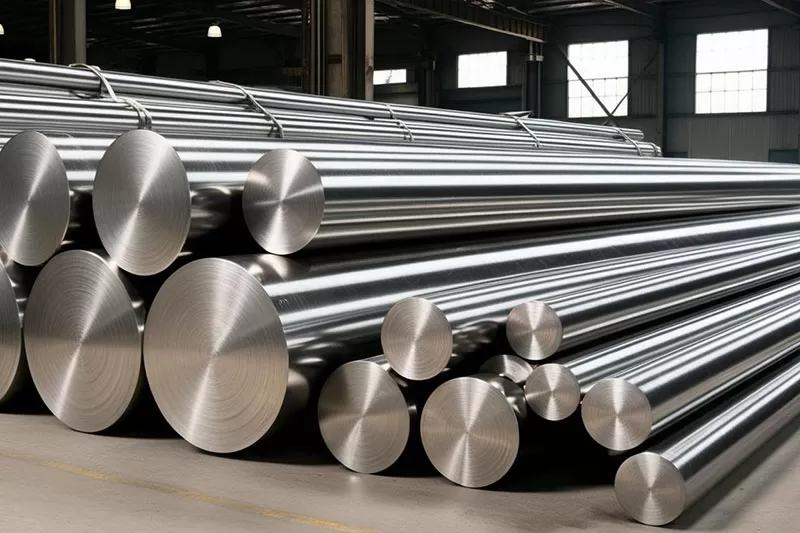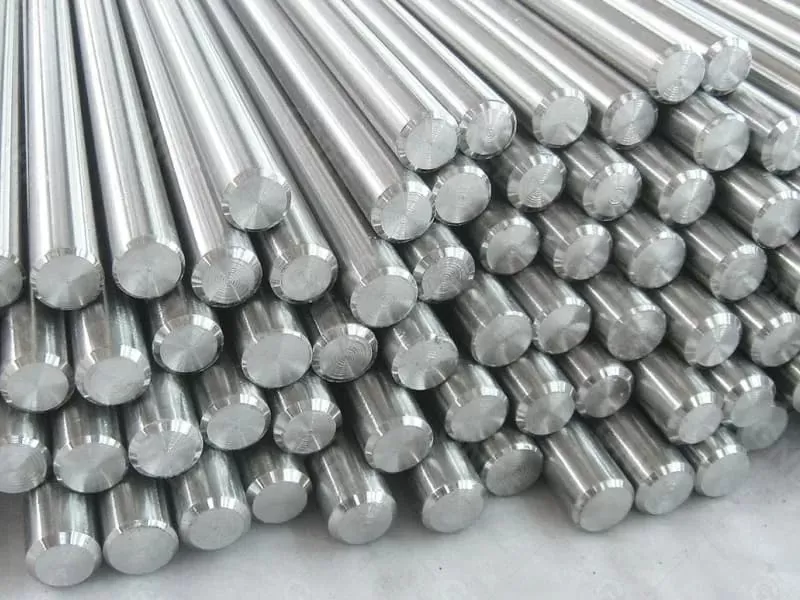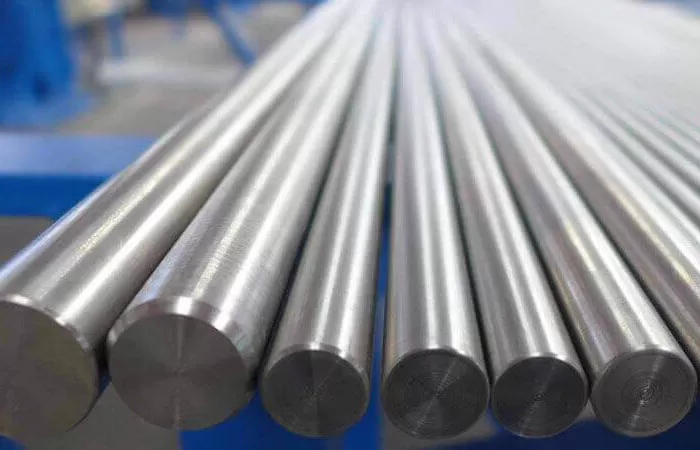
Characteristic
The main properties of Nimonic alloy are as follows:
High temperature stability: Nimonic alloy has good high temperature stability, can be used for a long time in high temperature environments below 950°C, and exhibits excellent resistance to oxidation and hot corrosion.
High strength: Nimonic alloy has high strength, especially at high temperatures. Different types of Nimonic alloys have different properties such as tensile strength, yield strength, fracture toughness and ductility.
Good creep resistance: Nimonic alloy also has very good creep resistance and can be used for a long time in high temperature and high stress environments.
Good corrosion resistance: Nimonic alloy has good corrosion resistance, especially in harsh environments such as high temperature, high pressure and strong acid and alkali. Different types of Nimonic alloys have different resistance to different corrosive media.
Ease of Processing: Nimonic alloys are easy to machine and forge into a variety of shapes, and can be welded and brazed into complex parts and assemblies.
Application
Due to the excellent properties of Nimonic alloy, it is widely used in the following fields:
Aerospace: Nimonic alloys can be used to manufacture components such as turbine blades, combustion chambers, ducts, nozzles, spark plugs, and turbine rotors for jet engines, as well as structural parts, connectors, and electrical components for aircraft and satellites.
Nuclear industry: Nimonic alloys can be used to manufacture fuel elements, fuel tubes, support structures and control elements in nuclear reactors.
Chemical and petrochemical industry: Nimonic alloys can be used to manufacture chemical reactors, petroleum refining equipment, chemical sensors and catalysts, etc.
Other fields: Nimonic alloy can also be used to manufacture automobile engine parts, power equipment, metallurgical equipment, and marine engineering equipment.
Classification
According to different compositions and performance characteristics, Nimonic alloys can be divided into the following categories:
Nimonic 75: It is a low-strength alloy containing chromium (Cr) and cobalt (Co). It has excellent high-temperature creep and corrosion resistance. It is mainly used to make conduits and spark plugs.
Nimonic 80A: It is a high-strength alloy containing manganese (Mn) and titanium (Ti) with excellent high-temperature strength, high-temperature creep and oxidation resistance. Mainly used to manufacture aero-engine impellers and turbine blades.
Nimonic 90: It is a high-strength alloy containing molybdenum (Mo) and aluminum (Al). It has extremely high high-temperature strength and high-temperature creep properties. It is mainly used to manufacture fuel elements, fuel tubes and nuclear reactor structures.
Nimonic 105: It is a high-strength alloy containing niobium (Nb) and titanium (Ti). It has extremely high high-temperature strength and good creep resistance. It is mainly used to manufacture aerospace engine parts and heat exchangers at high temperatures. .
Nimonic 115: It is an ultra-high-strength alloy containing tungsten (W) and titanium (Ti). It has extremely high high-temperature strength, high-temperature creep and oxidation resistance. It is mainly used to manufacture ducts and turbine blades.

2025-12-11 16:42:29

2025-11-19 14:09:22

2025-11-07 17:27:49

25th floor, C3 Building, Wanda Plaza, Kaifu District, Changsha, Hunan Province, China